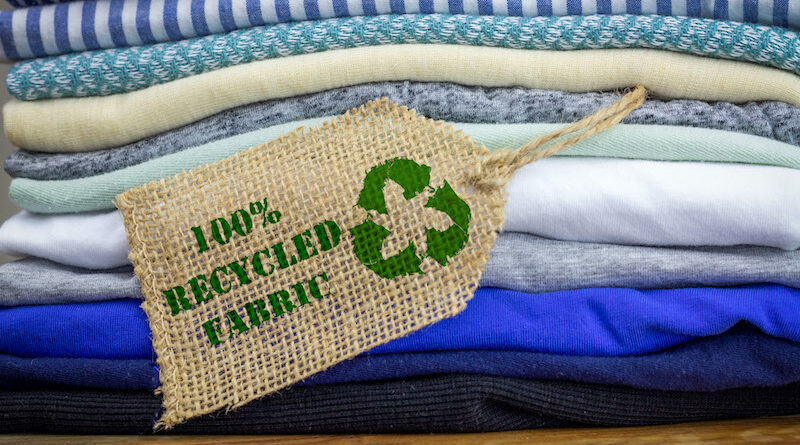
Cleaner and more sustainable fashion industry calls for ambitious collaboration at the European level
Clothing is fun, everyone needs it, and through our clothes we can express our identity. Unfortunately, however, the fashion industry is still one of the most polluting sectors in the world. The Netherlands is making a case for an ambitious and collective European strategy, including a European ban on the destruction of unsold clothing.
As far as the textile industry goes, there is still a lot of progress to be made. Many pieces of clothing are short-lived, whilst their production process requires a great deal of energy and chemicals. The demand for textiles rises continuously and production increases. The reuse of textiles, on the other hand, is falling. The result: a major mountain of textile waste that continuously grows, within but also outside of the European Union.
The Netherlands aims to turn the tide. In effect from 2023 onwards, responsibility for the collection, recycling, reuse, and disposal of clothing will be vested with the manufacturers who market such products. The goal is to improve and expand the collection of used clothes, in order to enable more efficient textile recycling and to give a larger amount of old clothes a new life.
The Netherlands sees vast opportunities for a strong European strategy in this field.
Second-hand clothing is not on every consumer’s radar. That is why this issue is currently highlighted at several locations in Dutch cities through campaigns involving pop-up stores, influencers, and promotional teams. The campaigns are focused on tempting shoppers to occasionally purchase second-hand clothing (pre-loved fashion). Thus, the direction in which the Netherlands aims to go, is made abundantly clear: promoting reuse, boosting the demand for second-hand clothing, stirring the market; in short, turning the tide of the fashion industry.
Currently, more than 55 per cent of cast-off clothing ends up as waste.1 Only a very small proportion is recycled. That is a waste, because such fibres could be reused as a raw material for new clothing.
The market will not change of its own accord. Incentives are needed to create change. That is why, in 2023, the Netherlands will be introducing Extensive Producer Responsibility for Textiles. Thus, textile manufacturers and fashion chains will be responsible for the disposal stage of the textiles that they have marketed. The intended effect is to extend the lifespan of clothing and to encourage proper collection, reuse, repair, and recycling.
Other initiatives have shown that public-private collaboration is effective. A good example in point is the Denim Deal that the Dutch government concluded with Denim parties in 2020. This is the first time for all the actors involved in the manufacturing and processing of denim fashion to lay down collective agreements on producing smarter and cleaner denimwear. A wide range of actors from production companies, brands, and retailers to collecting and sorting agencies, cutters, and weaving mills is involved. The goal of the Denim Deal was to produce 3 million pairs of jeans composed of a minimum of 20 per cent recycled cotton, which goal has been achieved.
In addition to the steps that the Netherlands is taking at the national level, embarking on ambitious collaboration on a circular textile chain at the European level is important.
Consequently, the Netherlands is pleased with the revision of the European Ecodesign Directive2, for which the European Commission refers to textiles as one of the priority product groups for which Ecodesign requirements will be developed. The Netherlands is of the opinion, that it will be important to opt for transparent goals and ambitious ecodesign requirements. These requirements should ensure that ways to reuse or recycle a discarded piece of clothing are considered at the beginning of its production process rather than at the end of life stage. As a result, clothes need to be designed in ways that prolong their lifespan and that enable the reuse of the fibres. In my opinion, this calls for collectively encouraging consumers to extend the use of clothing by repairing and reusing their clothes. And first and foremost, we need to prevent the destruction or incineration of unsold and returned clothing. As far as the Netherlands is concerned, a European ban on the destruction of unsold clothing would be an efficient and powerful big stick. This is the only way to get rid of the negative impact of fashion.




